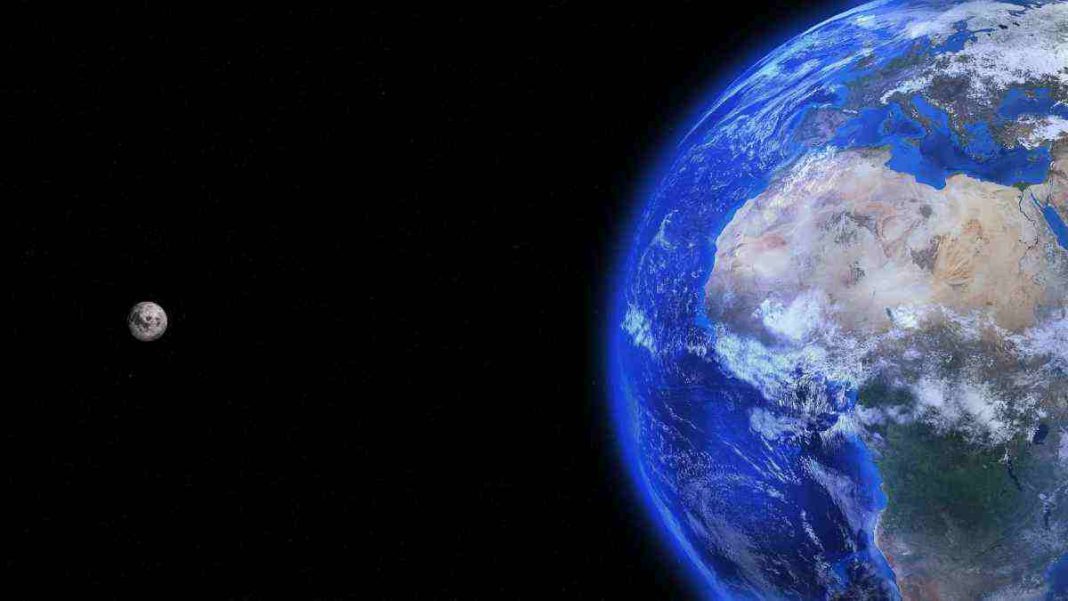INDIA: In a new study published in the prestigious journal Nature Astronomy, scientists have revealed fresh insights into the mysterious origin of water ice on the Moon. Leveraging data gathered during the Chandrayaan-1 mission between 2008 and 2009, this research has unearthed an unexpected contributor to lunar water formation: high-energy electrons within Earth’s plasma sheet.
The Chandrayaan-1 mission, launched by the Indian Space Research Organisation (ISRO), provided invaluable data for this study, helping to expand our comprehension of lunar processes and water formation.
The mission’s Moon Mineralogy Mapper was instrumental in collecting vital remote sensing data that allowed researchers to investigate fluctuations in water formation as the Moon traversed Earth’s magnetotail.
The Earth’s magnetosphere, a protective shield generated by our planet’s magnetic field, plays an indispensable role in safeguarding our world from space weather and the sun’s radiation.
As the solar wind pushes and reshapes this magnetic cocoon, a long tail akin to the tails of comets forms on the night side. This tail contains a dynamic mixture of high-energy electrons and ions originating from both Earth and the solar wind.
Lead researcher Shuai Li explained, “This provides a natural laboratory for studying the formation processes of lunar surface water. When the Moon is outside of the magnetotail, the lunar surface is bombarded with solar wind. Inside the magnetotail, there are almost no solar wind protons, and water formation was expected to drop to nearly zero.”
The researchers made an astonishing discovery: water formation in the magnetotail appeared to be consistent whether the Moon was situated within it or not.
This finding challenges conventional wisdom, which previously posited that solar wind protons were the primary source of lunar water. It suggests the existence of alternative water formation processes or sources on the Moon that are not directly linked to solar wind protons.
These findings open a new chapter in lunar science and lunar exploration. The quest for lunar water has been a pivotal part of preparations for future manned missions to the Moon, as water is essential for sustaining life and can potentially be converted into hydrogen and oxygen for rocket fuel.
Understanding the mechanisms behind lunar water formation is crucial not only for lunar exploration but also for finding the broader mysteries of celestial bodies throughout our solar system. It underscores the intricate relationships between the Earth, the Moon, and the ever-evolving space environment.
Also Read: Chandrayaan-3’s Vikram Lander Detects Natural Seismic Activity on Lunar Surface



